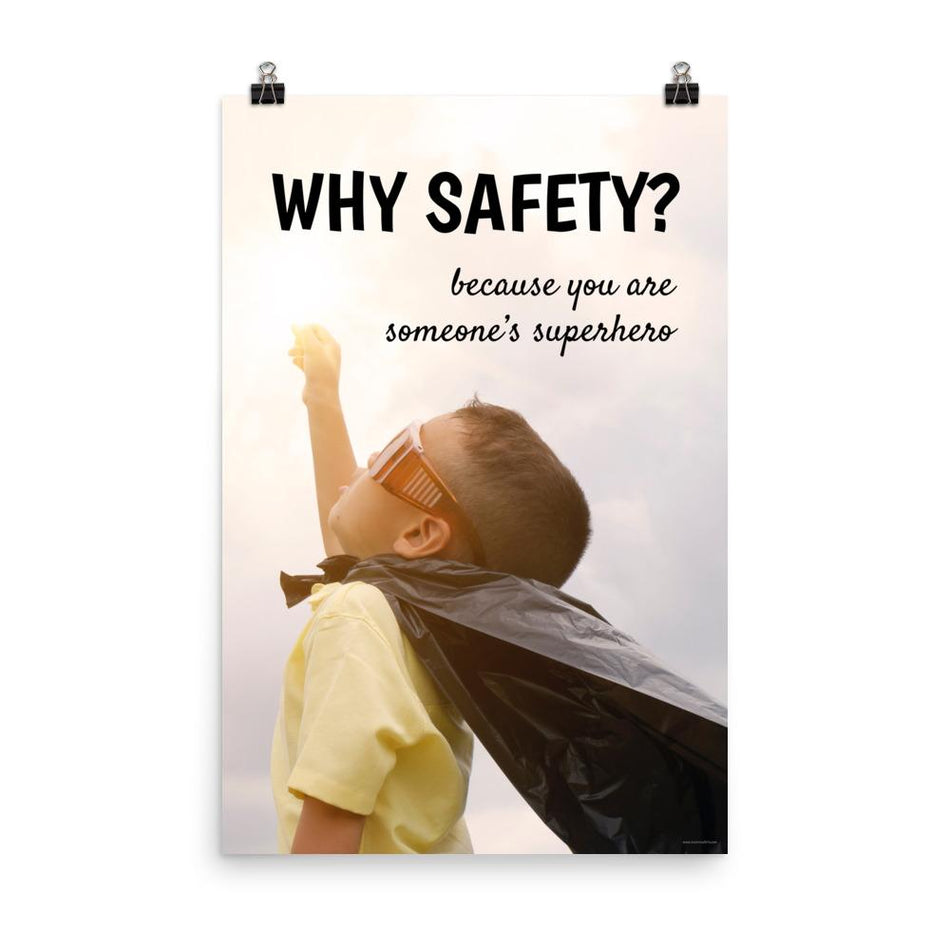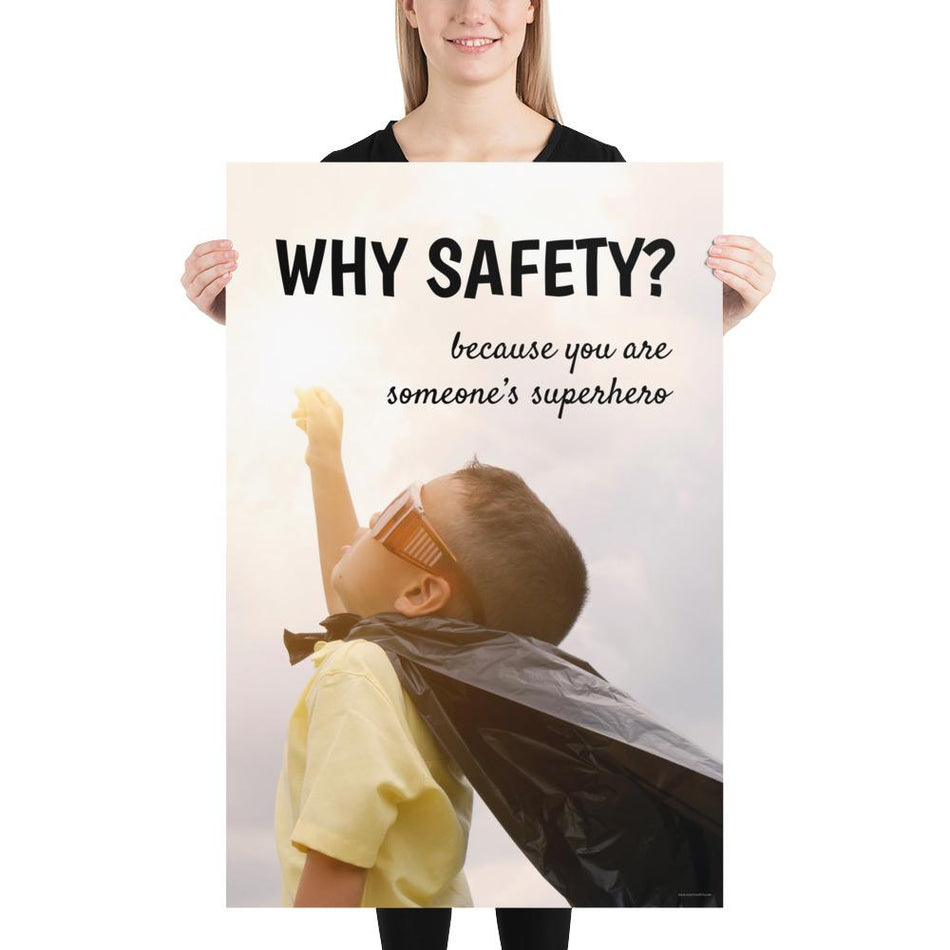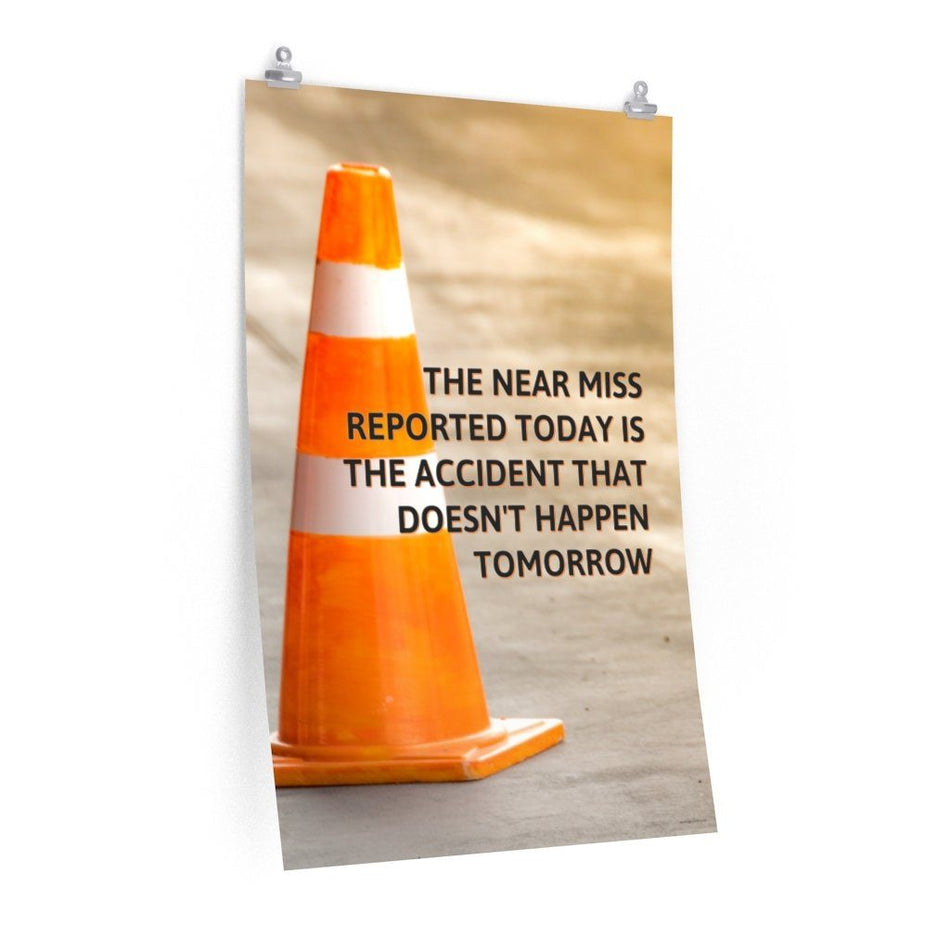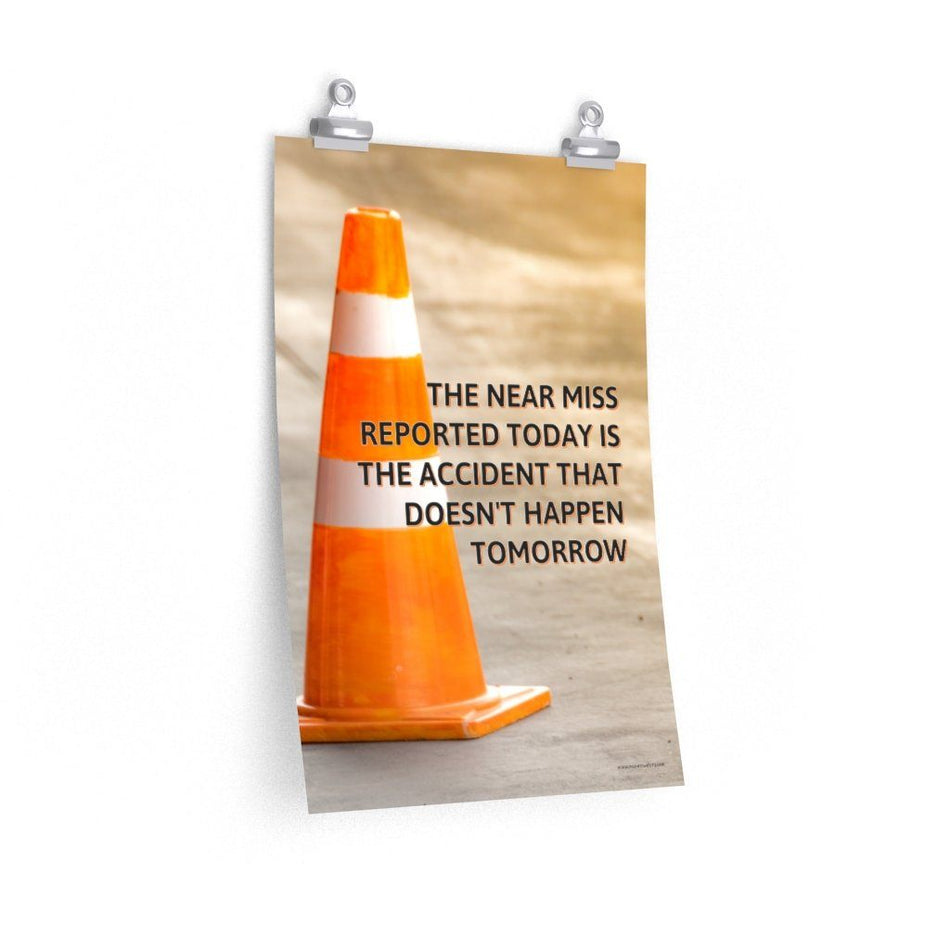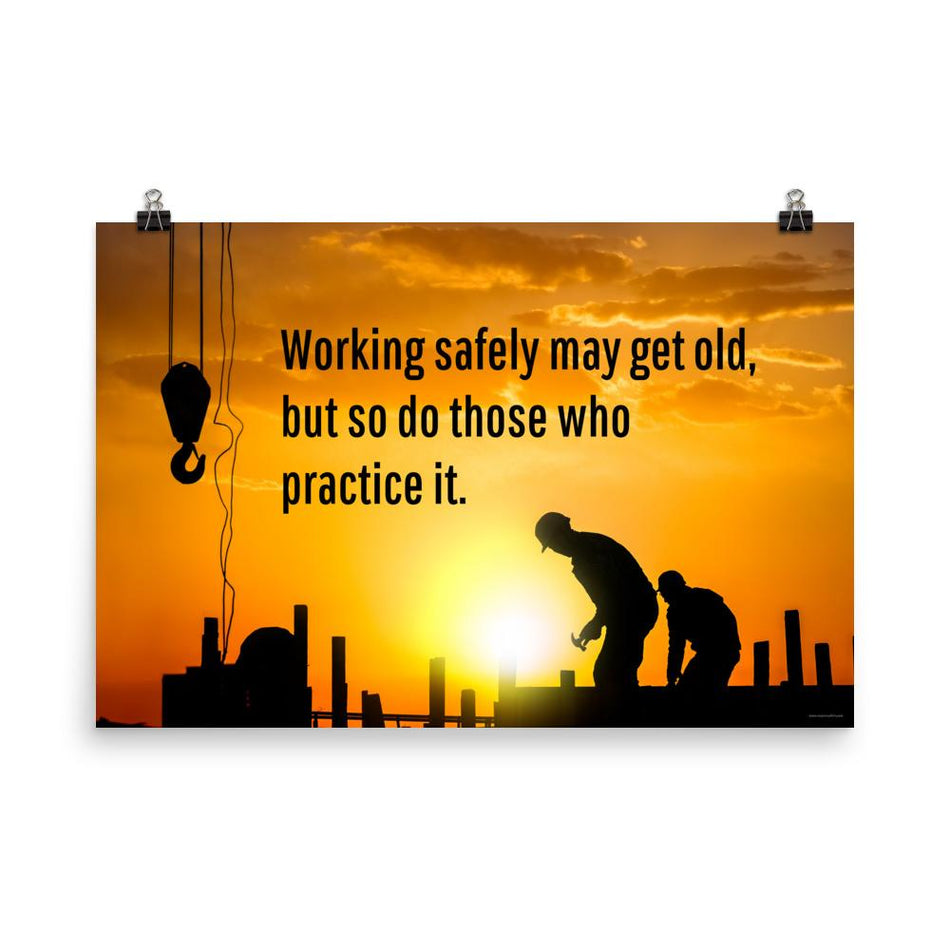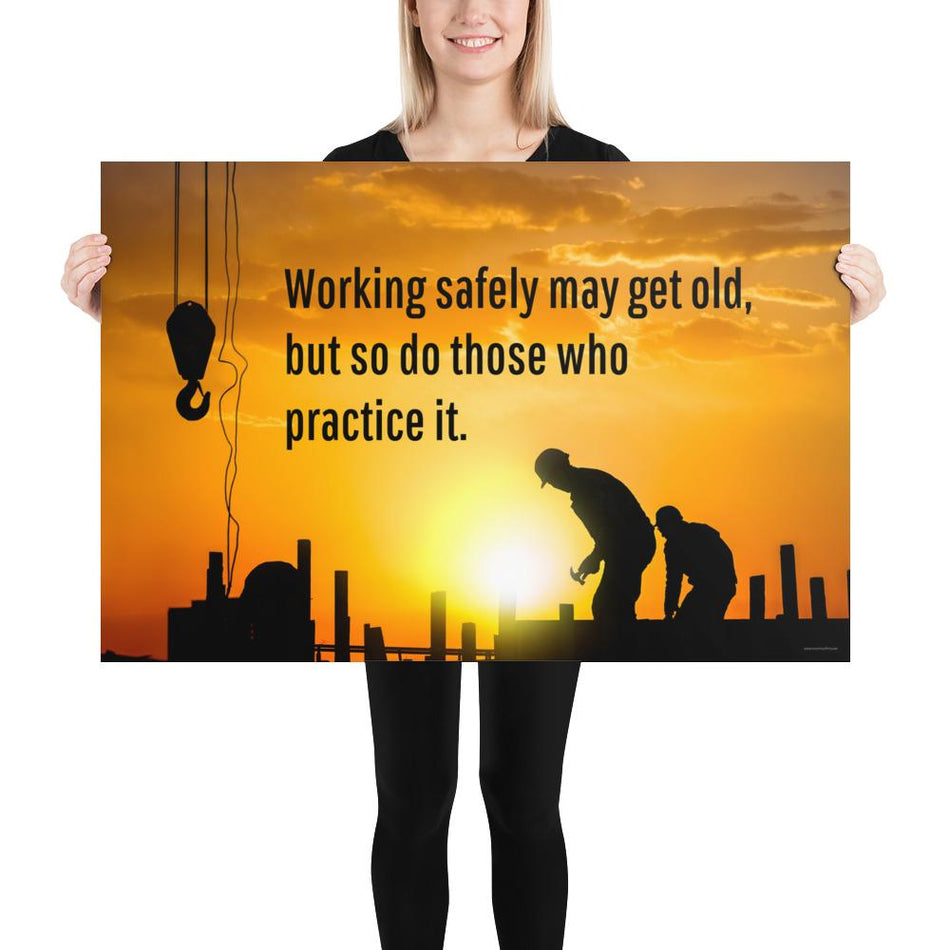In today's bustling industrial and commercial environments, the importance of maintaining good hearing health cannot be overstated. According to the CDC, occupational hearing loss is one of the most common work-related illnesses and is permanent. Among the various strategies implemented to preserve hearing, one simple yet effective tool stands out: the hearing safety poster. These visual aids serve as constant reminders of the need to protect our ears in potentially hazardous working conditions. Hearing safety posters play a crucial role in preventing occupational hearing loss, a concern affecting at least 22 million U.S. workers each year.
Occupational hearing loss is one of the most common work-related illnesses and is permanent.
Before appreciating the role of hearing safety posters, it's essential to grasp the severity of occupational hearing loss. This condition results from prolonged exposure to high noise levels or sudden, extremely loud noises in the workplace. Industries such as manufacturing, construction, and mining are particularly prone to such environments. Occupational hearing loss can lead to a significant reduction in the quality of life, affecting communication abilities, social interactions, and even mental health.
Noise-induced hearing loss (NIHL) is a type of hearing impairment caused by harm to the inner ear's nerve fibers and structures, which are sensitive to sound. This condition arises when the ears are subjected to extremely loud noises that are irreversible through surgery, leading to permanent hearing damage. NIHL may develop from a single incident of exposure to a loud noise blast or impulse, or from continuous exposure to loud noises over a prolonged duration. The risk of NIHL increases with exposure to sounds at or above 85 dB(A), and the higher the volume, the less time it takes for this type of hearing loss to develop.
If you are a part of one of these 7 industries, you are more at risk developing NIHL:
- Construction Workers
- Airline Workers
- Miners
- Carpenters
- Lumberjacks/Loggers
- Railway Workers
- Manufacturing
One of the primary functions of a hearing safety poster is to educate employees about the risks of noise-induced hearing loss. By being visually accessible at all times, they keep the topic of hearing safety at the forefront of workers' minds. A well-designed hearing safety poster doesn't just warn about the dangers; it also promotes protective practices.
Regular exposure to hearing safety posters helps in cultivating a culture of safety within the workplace. When employees are constantly reminded of the importance of hearing protection, they are more likely to adopt and maintain safe practices. This collective awareness can lead to a more conscientious approach to noise management and hearing protection across the organization.
Some tips on how to reduce NIHL in the workplace:
- Avoid or limit exposure to loud sounds
- Move away from sources of loud sounds when possible
- When it is not feasible to avoid exposure to loud sounds, be sure to use approved hearing protection devices (Earmuffs, headsets, earplugs, etc.) to reduce the sound level at the ear to a safe level
- Turn down the volume to a safe level when listening on communication devices
Unlike a one-time training session or memo, hearing safety posters offer ongoing reinforcement of the message. This continuous exposure is crucial in keeping hearing protection measures top-of-mind, particularly in environments where the risk of noise exposure is constant.
Hearing safety posters are more than just pieces of paper on a wall; they are vital tools in the fight against occupational hearing loss. By raising awareness, promoting protective practices, and fostering a culture of safety, these posters play a pivotal role in preserving the hearing health of workers. As simple as they may seem, hearing safety posters are a testament to the adage that prevention is better than cure, especially when it comes to safeguarding one of our most precious senses.




